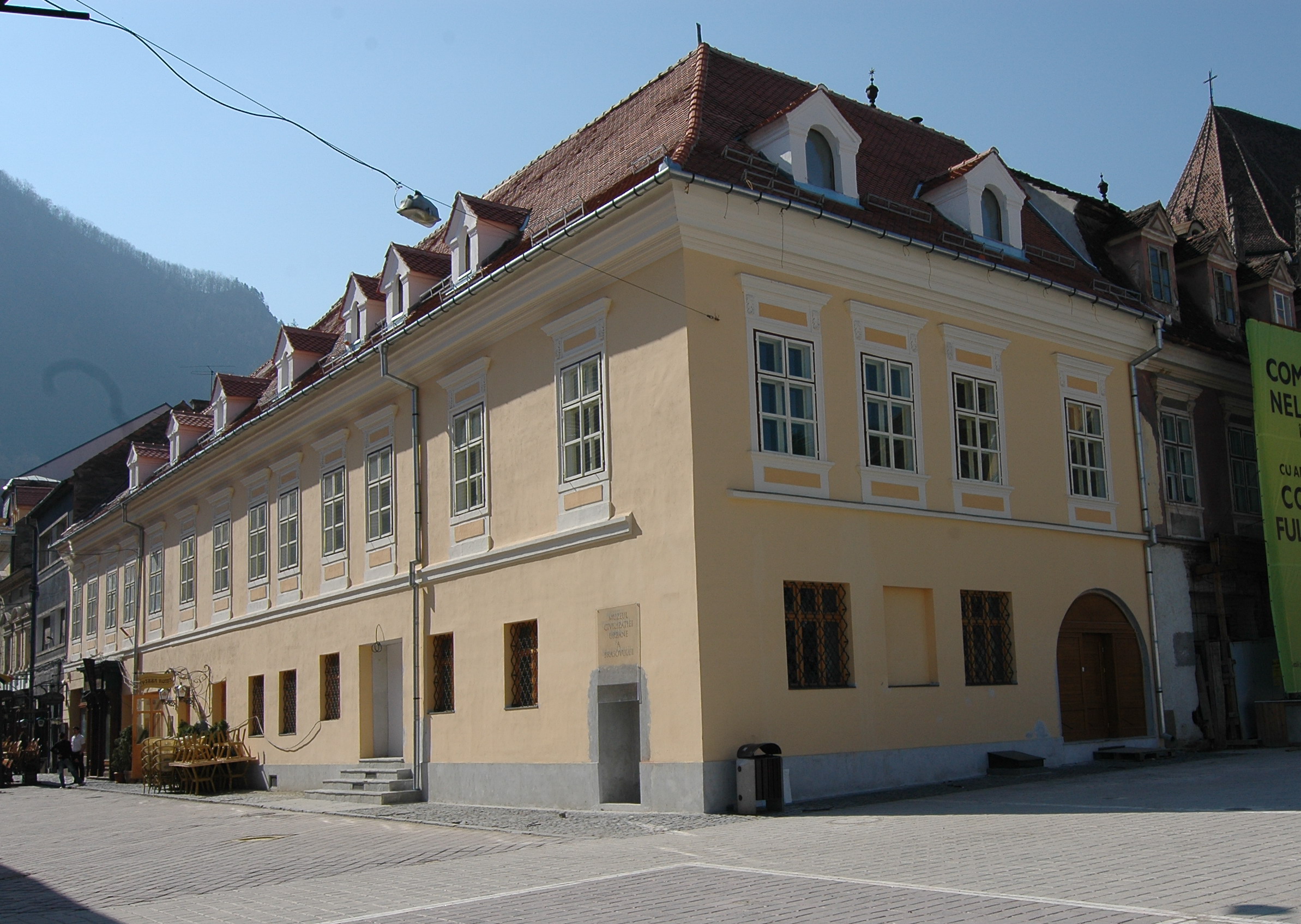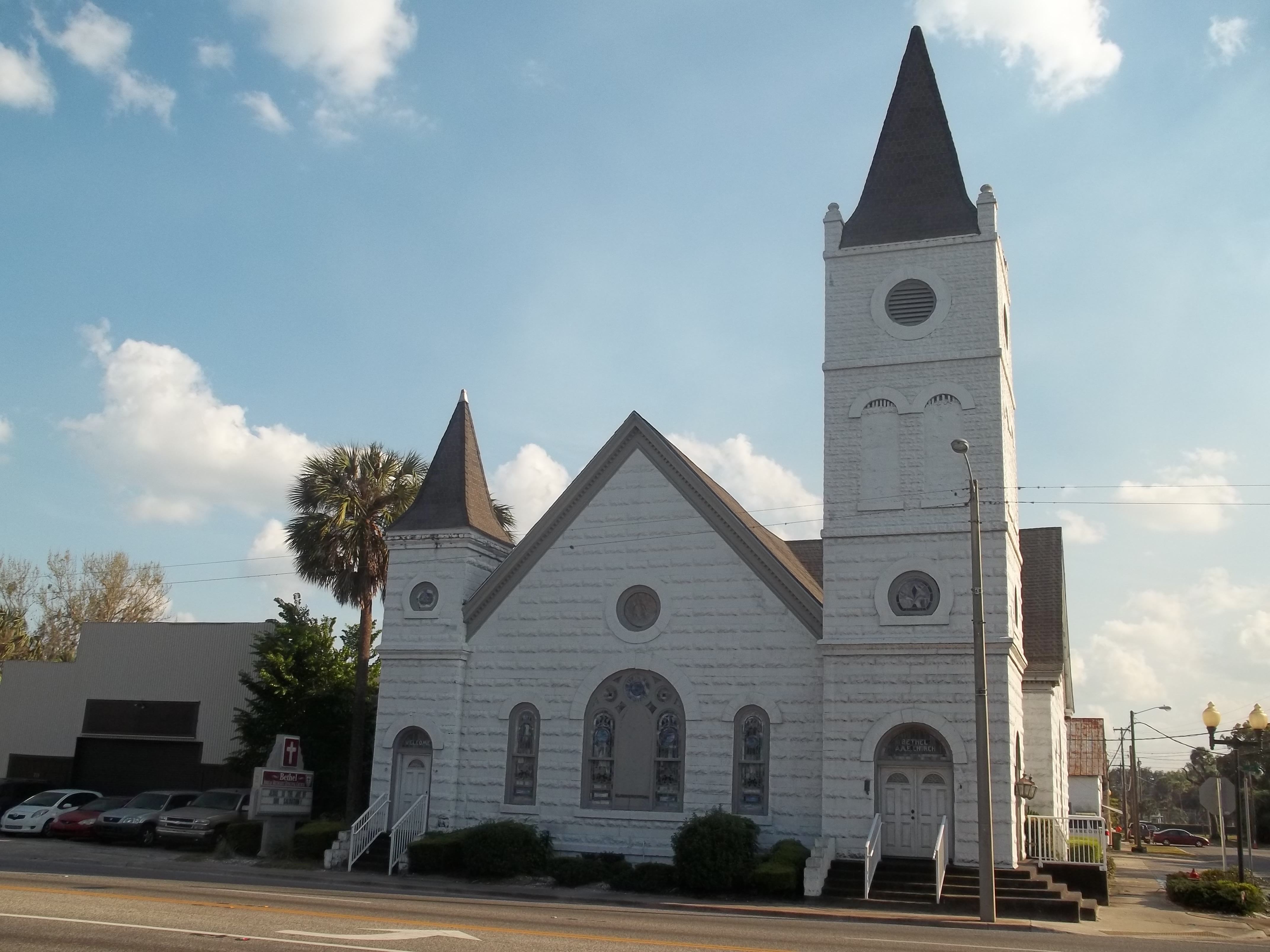|
Museum Of Urban Civilization
The Museum of Urban Civilization (in Romanian: ''Muzeul Civilizației Urbane'') is a museum in Brașov, Romania. The museum is located on the south side of the Piața Sfatului, the main historic square of the city. To the north in the centre of the square is the Brașov County Museum of History and to the southwest is the Black Church. See also * Brașov County Museum of History The Brașov County Museum of History ( ro, Muzeul Județean de Istorie Brașov) is a history museum in Brașov, Romania. The museum, founded in 1950, is housed in the former Council House at the centre of Piața Sfatului, the main historic square ... References External links Museum of Urban Civilization website 2009 establishments in Romania Museums established in 2009 History museums in Romania Tourist attractions in Brașov Buildings and structures in Brașov Museums in Brașov County Piața Sfatului {{Romania-museum-stub ... [...More Info...] [...Related Items...] OR: [Wikipedia] [Google] [Baidu] |
Romanian Language
Romanian (obsolete spellings: Rumanian or Roumanian; autonym: ''limba română'' , or ''românește'', ) is the official and main language of Romania and the Moldova, Republic of Moldova. As a minority language it is spoken by stable communities in the countries surrounding Romania (Romanians in Bulgaria, Bulgaria, Romanians in Hungary, Hungary, Romanians of Serbia, Serbia, and Romanians in Ukraine, Ukraine), and by the large Romanian diaspora. In total, it is spoken by 28–29 million people as an First language, L1+Second language, L2, of whom 23–24 millions are native speakers. In Europe, Romanian is rated as a medium level language, occupying the tenth position among thirty-seven Official language, official languages. Romanian is part of the Eastern Romance languages, Eastern Romance sub-branch of Romance languages, a linguistic group that evolved from several dialects of Vulgar Latin which separated from the Italo-Western languages, Western Romance languages in the co ... [...More Info...] [...Related Items...] OR: [Wikipedia] [Google] [Baidu] |
Museum
A museum ( ; plural museums or, rarely, musea) is a building or institution that cares for and displays a collection of artifacts and other objects of artistic, cultural, historical, or scientific importance. Many public museums make these items available for public viewing through exhibits that may be permanent or temporary. The largest museums are located in major cities throughout the world, while thousands of local museums exist in smaller cities, towns, and rural areas. Museums have varying aims, ranging from the conservation and documentation of their collection, serving researchers and specialists, to catering to the general public. The goal of serving researchers is not only scientific, but intended to serve the general public. There are many types of museums, including art museums, natural history museums, science museums, war museums, and children's museums. According to the International Council of Museums (ICOM), there are more than 55,000 museums in 202 countrie ... [...More Info...] [...Related Items...] OR: [Wikipedia] [Google] [Baidu] |
Brașov
Brașov (, , ; german: Kronstadt; hu, Brassó; la, Corona; Transylvanian Saxon: ''Kruhnen'') is a city in Transylvania, Romania and the administrative centre of Brașov County. According to the latest Romanian census (2011), Brașov has a population of 253,200 making it the 7th most populous city in Romania. The metropolitan area is home to 382,896 residents. Brașov is located in the central part of the country, about north of Bucharest and from the Black Sea. It is surrounded by the Southern Carpathians and is part of the historical region of Transylvania. Historically, the city was the center of the Burzenland, once dominated by the Transylvanian Saxons, and a significant commercial hub on the trade roads between Austria (then Archduchy of Austria, within the Habsburg monarchy, and subsequently Austrian Empire) and Turkey (then Ottoman Empire). It is also where the national anthem of Romania was first sung. Names Brassovia, Brassó, Brașov, etc. According to Dragoș Mo ... [...More Info...] [...Related Items...] OR: [Wikipedia] [Google] [Baidu] |
Romania
Romania ( ; ro, România ) is a country located at the crossroads of Central Europe, Central, Eastern Europe, Eastern, and Southeast Europe, Southeastern Europe. It borders Bulgaria to the south, Ukraine to the north, Hungary to the west, Serbia to the southwest, Moldova to the east, and the Black Sea to the southeast. It has a predominantly Temperate climate, temperate-continental climate, and an area of , with a population of around 19 million. Romania is the List of European countries by area, twelfth-largest country in Europe and the List of European Union member states by population, sixth-most populous member state of the European Union. Its capital and largest city is Bucharest, followed by Iași, Cluj-Napoca, Timișoara, Constanța, Craiova, Brașov, and Galați. The Danube, Europe's second-longest river, rises in Germany's Black Forest and flows in a southeasterly direction for , before emptying into Romania's Danube Delta. The Carpathian Mountains, which cross Roma ... [...More Info...] [...Related Items...] OR: [Wikipedia] [Google] [Baidu] |
Piața Sfatului
The Council Square (''Piața Sfatului'' in Romanian, former ''Marktplatz'' in German, ''Főtér'' or ''Tanács tér'' in Hungarian) is located in the historic centre of Brașov, Romania. It obtained its right to hold markets in 1520, but it has been the place for weekly and annual markets since 1364, being visited by merchants from the country and abroad. It is surrounded by 18th-19th century houses, most of which are historical monuments. A pillory, in the middle of the square, was used as a means for public humiliation, punishment and scorn. Witches were also punished here, but the head of the shoemaker guild, Stefan Stenert, who opposed the entry of the Austrian army into Brașov, was also beheaded here in 1688. Until 1892, there were two wells in the square. The most important building in the square is the former Council House (''Casa Sfatului''), which was built in 1420 and is located in the middle of the square. This now houses the Brașov County Museum of History. Aroun ... [...More Info...] [...Related Items...] OR: [Wikipedia] [Google] [Baidu] |
Brașov County Museum Of History
The Brașov County Museum of History ( ro, Muzeul Județean de Istorie Brașov) is a history museum in Brașov, Romania. The museum, founded in 1950, is housed in the former Council House at the centre of Piața Sfatului, the main historic square of the city. See also * Museum of Urban Civilization * Black Church The black church (sometimes termed Black Christianity or African American Christianity) is the faith and body of Christian congregations and denominations in the United States that minister predominantly to African Americans, as well as their ... References External links Official website 1950 establishments in Romania Museums established in 1950 History museums in Romania Tourist attractions in Brașov Buildings and structures in Brașov Museums in Brașov County Piața Sfatului {{Romania-museum-stub ... [...More Info...] [...Related Items...] OR: [Wikipedia] [Google] [Baidu] |
Black Church
The black church (sometimes termed Black Christianity or African American Christianity) is the faith and body of Christian congregations and denominations in the United States that minister predominantly to African Americans, as well as their collective traditions and members. The term "black church" can also refer to individual congregations. While most black congregations belong to predominantly African American Protestant denominations, such as the African Methodist Episcopal Church (AME) or Church of God in Christ (COGIC), many others are in predominantly white Protestant denominations such as the United Church of Christ (which developed from the Congregational Church of New England), or in integrated denominations such as the Church of God. There are also many Black Catholic churches. Most of the first black congregations and churches formed before 1800 were founded by freed black people—for example, in Philadelphia, Pennsylvania; Springfield Baptist Church (August ... [...More Info...] [...Related Items...] OR: [Wikipedia] [Google] [Baidu] |
2009 Establishments In Romania
9 (nine) is the natural number following and preceding . Evolution of the Arabic digit In the beginning, various Indians wrote a digit 9 similar in shape to the modern closing question mark without the bottom dot. The Kshatrapa, Andhra and Gupta started curving the bottom vertical line coming up with a -look-alike. The Nagari continued the bottom stroke to make a circle and enclose the 3-look-alike, in much the same way that the sign @ encircles a lowercase ''a''. As time went on, the enclosing circle became bigger and its line continued beyond the circle downwards, as the 3-look-alike became smaller. Soon, all that was left of the 3-look-alike was a squiggle. The Arabs simply connected that squiggle to the downward stroke at the middle and subsequent European change was purely cosmetic. While the shape of the glyph for the digit 9 has an ascender in most modern typefaces, in typefaces with text figures the character usually has a descender, as, for example, in . The mod ... [...More Info...] [...Related Items...] OR: [Wikipedia] [Google] [Baidu] |
Museums Established In 2009
A museum ( ; plural museums or, rarely, musea) is a building or institution that cares for and displays a collection of artifacts and other objects of artistic, cultural, historical, or scientific importance. Many public museums make these items available for public viewing through exhibits that may be permanent or temporary. The largest museums are located in major cities throughout the world, while thousands of local museums exist in smaller cities, towns, and rural areas. Museums have varying aims, ranging from the conservation and documentation of their collection, serving researchers and specialists, to catering to the general public. The goal of serving researchers is not only scientific, but intended to serve the general public. There are many types of museums, including art museums, natural history museums, science museums, war museums, and children's museums. According to the International Council of Museums (ICOM), there are more than 55,000 museums in 202 cou ... [...More Info...] [...Related Items...] OR: [Wikipedia] [Google] [Baidu] |
History Museums In Romania
History (derived ) is the systematic study and the documentation of the human activity. The time period of event before the invention of writing systems is considered prehistory. "History" is an umbrella term comprising past events as well as the memory, discovery, collection, organization, presentation, and interpretation of these events. Historians seek knowledge of the past using historical sources such as written documents, oral accounts, art and material artifacts, and ecological markers. History is not complete and still has debatable mysteries. History is also an academic discipline which uses narrative to describe, examine, question, and analyze past events, and investigate their patterns of cause and effect. Historians often debate which narrative best explains an event, as well as the significance of different causes and effects. Historians also debate the nature of history as an end in itself, as well as its usefulness to give perspective on the problems of the p ... [...More Info...] [...Related Items...] OR: [Wikipedia] [Google] [Baidu] |
Tourist Attractions In Brașov
Tourism is travel for pleasure or business; also the theory and practice of touring, the business of attracting, accommodating, and entertaining tourists, and the business of operating tours. The World Tourism Organization defines tourism more generally, in terms which go "beyond the common perception of tourism as being limited to holiday activity only", as people "travelling to and staying in places outside their usual environment for not more than one consecutive year for leisure and not less than 24 hours, business and other purposes". Tourism can be domestic (within the traveller's own country) or international, and international tourism has both incoming and outgoing implications on a country's balance of payments. Tourism numbers declined as a result of a strong economic slowdown (the late-2000s recession) between the second half of 2008 and the end of 2009, and in consequence of the outbreak of the 2009 H1N1 influenza virus, but slowly recovered until the COVID-19 ... [...More Info...] [...Related Items...] OR: [Wikipedia] [Google] [Baidu] |



_-_market_square.jpg)

.jpg)
